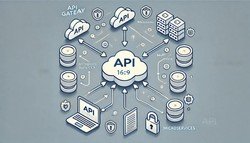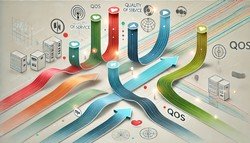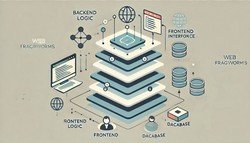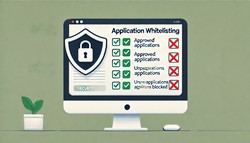Risk Assessment Frameworks
 (Representational Image | Source: Dall-E)
(Representational Image | Source: Dall-E)
Quick Navigation:
- Risk Assessment Frameworks Definition
- Risk Assessment Frameworks Explained Easy
- Risk Assessment Frameworks Origin
- Risk Assessment Frameworks Etymology
- Risk Assessment Frameworks Usage Trends
- Risk Assessment Frameworks Usage
- Risk Assessment Frameworks Examples in Context
- Risk Assessment Frameworks FAQ
- Risk Assessment Frameworks Related Words
Risk Assessment Frameworks Definition
Risk assessment frameworks are structured methodologies used to identify, evaluate, and mitigate risks in various domains, such as cybersecurity, finance, and project management. These frameworks provide a systematic approach to assessing vulnerabilities, threats, and their potential impact.
Risk Assessment Frameworks Explained Easy
Imagine you’re planning a camping trip but want to prepare for possible problems—like rain, wild animals, or getting lost. A risk assessment framework is like a checklist to help plan ahead and reduce risks.
Risk Assessment Frameworks Origin
Risk assessment frameworks have been around for decades, evolving from early safety and quality control processes in industries such as aviation and engineering. Over time, businesses and governments developed formalized frameworks to manage risks.
Risk Assessment Frameworks Etymology
The term "risk assessment" comes from the Latin word *riscare*, meaning "to run into danger." "Framework" originates from Old English *framian*, meaning "to be useful."
Risk Assessment Frameworks Usage Trends
With the growing complexity of global industries, risk assessment frameworks have become increasingly critical. Cybersecurity, in particular, has driven widespread adoption, with businesses integrating AI for better accuracy.
Risk Assessment Frameworks Usage
- Formal/Technical Tagging:
- Risk Management
- Cybersecurity
- Compliance and Governance - Typical Collocations:
- "Risk assessment framework implementation"
- "Cybersecurity risk assessment"
Risk Assessment Frameworks Examples in Context
- A financial institution applies the ISO 31000 framework to mitigate investment risks.
- A cybersecurity team follows the NIST RMF to evaluate potential threats.
- An organization adopts the FAIR framework to quantify cyber risks.
Risk Assessment Frameworks FAQ
- What is a risk assessment framework?
A structured approach used to identify, evaluate, and manage risks. - Why are risk assessment frameworks important?
They help minimize risks, improve decision-making, and ensure compliance. - What are some common risk assessment frameworks?
Popular frameworks include NIST RMF, ISO 31000, FAIR, COSO ERM, and OCTAVE. - How do businesses implement risk assessment frameworks?
By assessing risks, defining tolerance, implementing mitigation strategies, and monitoring threats.
Risk Assessment Frameworks Related Words
- Categories/Topics:
- Risk Management
- Cybersecurity
- Compliance and Governance
Did you know?
The NIST Risk Management Framework (RMF) was initially developed for U.S. federal agencies but is now widely used in various industries worldwide.
Authors | Arjun Vishnu | @ArjunAndVishnu

PicDictionary.com is an online dictionary in pictures. If you have questions or suggestions, please reach out to us on WhatsApp or Twitter.
I am Vishnu. I like AI, Linux, Single Board Computers, and Cloud Computing. I create the web & video content, and I also write for popular websites.
My younger brother, Arjun handles image & video editing. Together, we run a YouTube Channel that's focused on reviewing gadgets and explaining technology.
















Comments (0)
Comments powered by CComment